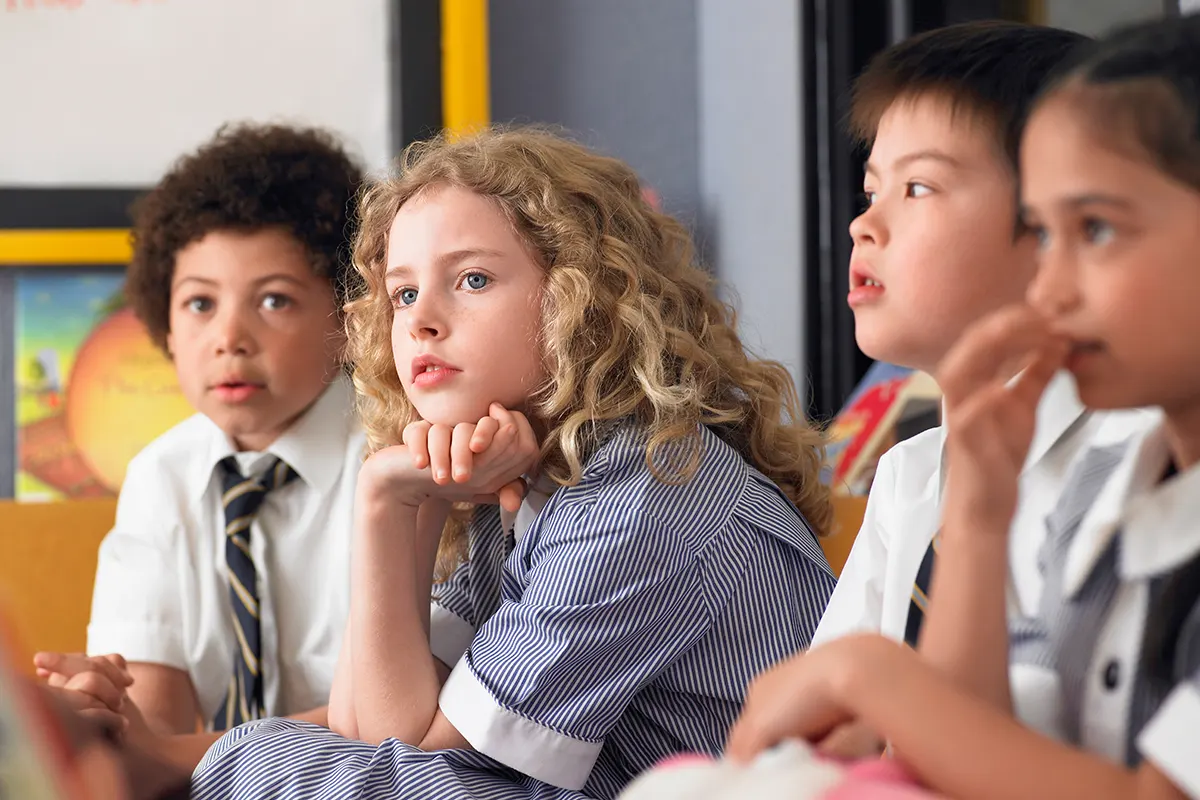-
Industry
SolutionsIndustry
SolutionsTeam with a technology partner that delivers across all industries.
Read more about industry solutions -
Software
SolutionsSoftware
SolutionsLearn how to optimise your business processes to save time and increase productivity.
Read more about software solutions -
Services
-
Products
Products
Feel confident knowing your technology will deliver reliability and longevity as you move forward.
Read more about productsMultifunctionEnhance your operational and financial performance with Toshiba's award-winning range.
Read more about multifunction Software
SoftwareSave money, better manage documents, secure critical information and improve efficiency.
Read more about software Pre-Owned MFDs
Pre-Owned MFDsQuality pre-owned A3 Multi-Function Devices (MFDs) fully refurbished by master manufacturer-trained technicians.
Read more about refurbished MFD Barcode Printer
Barcode PrinterToshiba Auto-ID, Barcode and Label printers are the perfect solution for everyday business.
Read more about barcode printer Printers
PrintersDesigned to deliver power and performance to small businesses and workgroups.
Read more about printers Interactive Flat Panels
Interactive Flat PanelsCreate inspired learning and smarter corporate collaboration
Read more about IFPs
-
Support
Support
We are here to help! Discover and access information about your Toshiba products or simply contact us for priority service.
Read more about support -
Company
Company
Toshiba is the world's most trusted provider of industry-targeted solutions that help increase the value of ideas and information.
Read more about company
Tough Lessons - How the cost of living crisis is impacting education in Australia
 The cost of living crisis continues to hold Australia in its grip, causing hardship and grief to millions of Australians, many of them still in full-time education. We take a look at the roots of the problem, and how it is impacting families and children across the country, particularly the effect that rising prices are having on education.
The cost of living crisis continues to hold Australia in its grip, causing hardship and grief to millions of Australians, many of them still in full-time education. We take a look at the roots of the problem, and how it is impacting families and children across the country, particularly the effect that rising prices are having on education.
Australia’s cost of living crisis
Australia is not alone in having a cost of living crisis, as many of the causes are global or regional. Like many countries, Australia is still reeling from the increased Government spending during the COVID-19 pandemic. The war in Ukraine, one of the world’s largest wheat producers, pushed up the cost of one of the world’s most widely eaten food staples. The war’s impact on supply of Russian oil pushed up the cost of petrol in Australia, along with the cost of transportation to bring imported food and consumer goods into the country. Closer to home, natural disasters have increased with climate change, and leave the families impacted with significant financial costs to manage.
The result has been felt in pockets around Australia, as families do their weekly shop, pay their mortgage or rent, heat and cool their homes, and send their children to school.
Feeling the pinch
As families go to the supermarket, they see bread and cereal prices increased by 7.4%, dairy by 5% and other foods by 6.9%. There’s a ‘double whammy’ for families struggling with lack of cash, as they have to buy little and often, and are not able to take advantage of the discounts available for bulk buying.
Paying for the roof over their head is getting more expensive for families too, with mortgage interest rates going up 13 times in 15 months from May 2022. It’s the same story for rents, which increased between 9.1% (houses) and 13.1% (units) in 2023 driven by all-time low vacancy rates. Bills for heating, cooling, light, cooking, water and broadband are increasing too – by around 5-10% in most cases.
School fees for the private sector are a slightly different story, in that they have been on the rise for over a decade, with a rise of 50% between 2010 and 2020, way ahead of inflation at 22%. With private schools now offering increased salaries to attract teachers, prices are not set to settle any time soon.
The cost of living crisis has seen wages increase, and growth recently outstripped inflation for the first time since 2021. But this is a double edged sword for Australian working families – yes, they are earning more, but the higher wages only fuel further increases in everything from a loaf of bread to private school fees, to the ‘incidental’ costs of sending a child to a non-fee paying Government school.
The impact of rising prices on children’s learning
For many families, 2024 is set to be a challenging year, aiming to cover the increasing cost of all the essentials they and their kids need, with limited budgets. This of course impacts children’s education:
Missing out on technology – a laptop or iPad, and connectivity to the internet is essential for most students, certainly at the secondary school level. In a survey by The Smith Family, of 2,200 families in Australia, 51.2% felt their children would miss out on the devices they need to study and do homework, because the family simply couldn’t afford them, and 16.6% saying that their kids would miss out on internet access.
Support for home study – some of the effects of a lower standard of living make it much harder for a child to study – such as being hungry, worrying because they see their parents going without food to feed them, not having a warm home or living with friends and relatives. The cost of living crisis has increased the number of families for whom this is a reality.
Social integration and confidence – in the same survey, families said that they were worried they would not be able to afford uniforms, shoes, co-curricular activities such as music and sport, and excursions. Having an older, obviously second-hand uniform can leave students feeling excluded and ‘other’ and impacts their ability to feel fully integrated into school life. Co-curricular activities, whilst optional, are shown to improve academic outcomes by stimulating creativity, fostering inclusion and improving social and organisational skills. Children who do not have the opportunity to pursue these activities miss out on the full benefits of education.
Schools and parents doing their best
Schools and parents are doing everything that they can to minimise the impact of the cost of living crisis on children’s education. Stories are rife of teachers spending their own money to help students whose families are struggling, and parents are taking out no interest loans for back to school costs.
But the reality is that for many families, the cost of living crisis will have long term impacts on the way in which their children learn, and on their educational outcomes.
